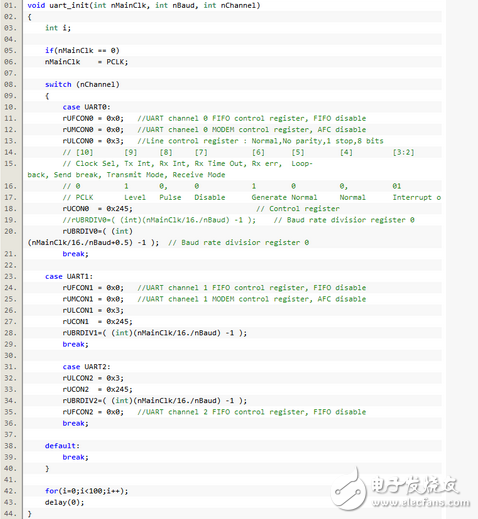The UART (Universal Asynchronous Receiver/Transmitter) is a crucial chip that enables communication between a computer and serial devices. One important aspect of UART is its role as a data terminal equipment interface, allowing the computer to interact with modems or other serial devices that use an RS-232C interface. As part of this communication process, the UART offers several key functions:
1. It converts parallel data from the computer into a serial data stream for transmission.
2. It also converts incoming serial data from external devices into parallel bytes for internal use within the computer.
3. The UART adds a parity bit to the outgoing data stream and performs a parity check on the received data to ensure accuracy.
4. It includes start and stop bits in the transmitted data, while removing them from the received data to maintain synchronization.
5. It manages interrupt signals from input devices like keyboards and mice, which are also serial interfaces.
6. It handles the synchronization between the computer and external serial devices to ensure reliable communication.
7. The UART supports asynchronous serial communication, where each character is sent one bit at a time. This is illustrated in the diagram below.



all in one computers, all in one desktops,all in one computer, all in one desktop,aio pc
Guangdong Elieken Electronic Technology Co.,Ltd. , https://www.elieken.com